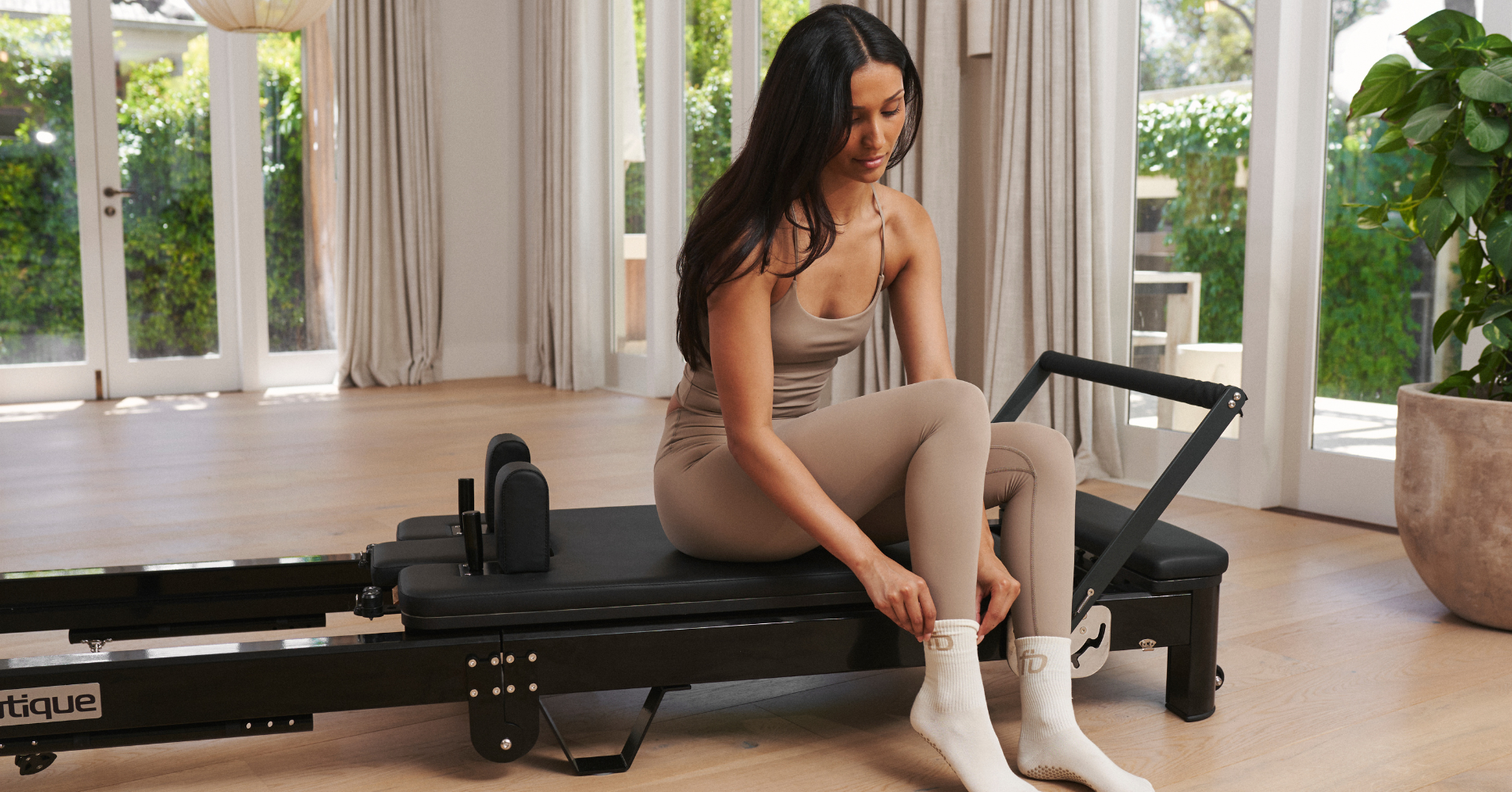
How Often Should I Do Reformer Pilates?
Are you wondering how often you really need to jump onto your reformer to see real results?
When I first started practising reformer Pilates, the biggest question on my mind was exactly this—what's the sweet spot when it comes to pilates frequency? How many sessions per week will actually make a difference without burning me out or leaving me bored?
Starting Out? Aim for Two to Three Times a Week
When you're new to reformer Pilates, it's tempting to go all-in straight away. Believe me, I've been there! But realistically, I've found that starting off with two to three sessions per week is ideal. It gives your body enough time to recover and adapt to the new movements without overwhelming your muscles or mind.
Consistency is key. If you practice two to three times weekly, you’ll build a solid foundation of strength and flexibility. This will make your workouts more enjoyable and effective. I always suggest beginners find their rhythm at this frequency before increasing sessions.
Here’s a great beginner's guide that expands more on finding your ideal Pilates frequency.
Increasing Frequency? Listen to Your Body
After you've become comfortable with regular sessions, it's natural to consider upping your frequency. Personally, I've noticed fantastic results doing reformer Pilates four to five times per week, especially when I focus on targeting different muscle groups in each session. But—and this is important—always pay close attention to your body's signals.
Sometimes less can be more, especially when fatigue kicks in. Rest days are not lazy days; they're days when your muscles rebuild and grow stronger.
Creating a Balanced Weekly Pilates Schedule
Balance is critical when planning your Pilates routine. You don't want to overtrain certain areas while neglecting others. I prefer to structure my week by mixing full-body sessions with days focused on specific muscle groups or goals. For instance, some days I might concentrate on core strength, while others I'll work on improving my posture or enhancing flexibility.
Including a variety of exercises is crucial. Using accessories like a jumpboard box has been an absolute lifesaver for adding variety and intensity to my sessions.
If you’re setting up your home studio or thinking about it, it's helpful to know exactly what to look for. I've covered this extensively in my article on choosing the perfect reformer machine for your home studio.
How Often is Too Often?
From my own experience, pushing beyond five sessions a week can lead to burnout, particularly if your workouts are intensive. Pilates isn't just about quantity; it’s about quality and precision. Remember, Pilates is all about control and precision, not just reps and sweat.
There's also the risk of diminishing returns if your body isn't getting adequate recovery time. If your body feels excessively sore, or your motivation starts to decline, that's usually a good indicator it's time to dial back a bit.
Want more detailed information about reformer Pilates routines? Here's an article that dives deeper into creating effective Pilates schedules.
Real Talk on Reformer Pilates Frequency
Having engaged with others in Pilates communities, a common thread I noticed is that most people settle comfortably into a three to four times weekly routine. It feels manageable and produces visible results without excessive strain.
I've also noticed tremendous benefits when balancing reformer Pilates with other forms of exercise. Pilates complements activities like running, cycling, or even weightlifting by enhancing flexibility and improving muscular alignment. For more on these complementary benefits, check out my previous article highlighting why reformer Pilates is the ultimate full-body workout.
Make Your Own Pilates Frequency Sustainable
The best schedule is one you’ll stick to consistently. I've found success by keeping workouts challenging yet achievable. Whether it's twice or four times a week, consistency trumps occasional intensity every time.
If you're looking to take your workouts to the next level or improve convenience, investing in quality equipment like the Onyx Fold Reformer makes a massive difference, especially for home users with limited space. It's practical, comfortable, and has been a game-changer for many, myself included.
Reach Out if You Need Help!
If you're still unsure about what's right for you or just want more personalised advice, feel free to reach out to me directly. I’m always here to support your Pilates journey, help you find the perfect routine, or answer any questions you have.
Remember, the best reformer Pilates frequency for you is one that feels good, supports your goals, and keeps you coming back for more.
Reformer Pilates Range
Frequently Asked Questions
How much space do I need for a reformer bed?
Space Requirements for Your Reformer
A FitBoutique reformer requires approximately 245cm x 68cm (2.45m x 0.65m) of floor space. Here's what this means for your space planning:
For Home Users
Length: 245cm (8.04 feet)
Width: 68cm (2.13 feet)
Recommended clearance: Add at least 30cm on each side and end for comfortable access
Total recommended space: 305cm x 125cm (3.05m x 1.25m)
For the Onyx Fold model specifically:
Same footprint when in use (245cm x 65cm)
When folded: Takes up significantly less floor space in vertical storage
Ceiling height consideration: Ensure adequate height for vertical storage
What's the difference between commercial and home reformers?
While both offer similar exercise capabilities, commercial reformers typically feature heavier-duty construction, enhanced weight capacity, and more extensive warranty coverage. However, premium home models like the Onyx series bridge this gap with commercial-grade components.
How often should I maintain my reformer?
Regular maintenance includes weekly cleaning, monthly hardware checks, and quarterly deep cleaning of tracks and wheels. Premium reformers come with detailed maintenance guides to ensure optimal performance and longevity.


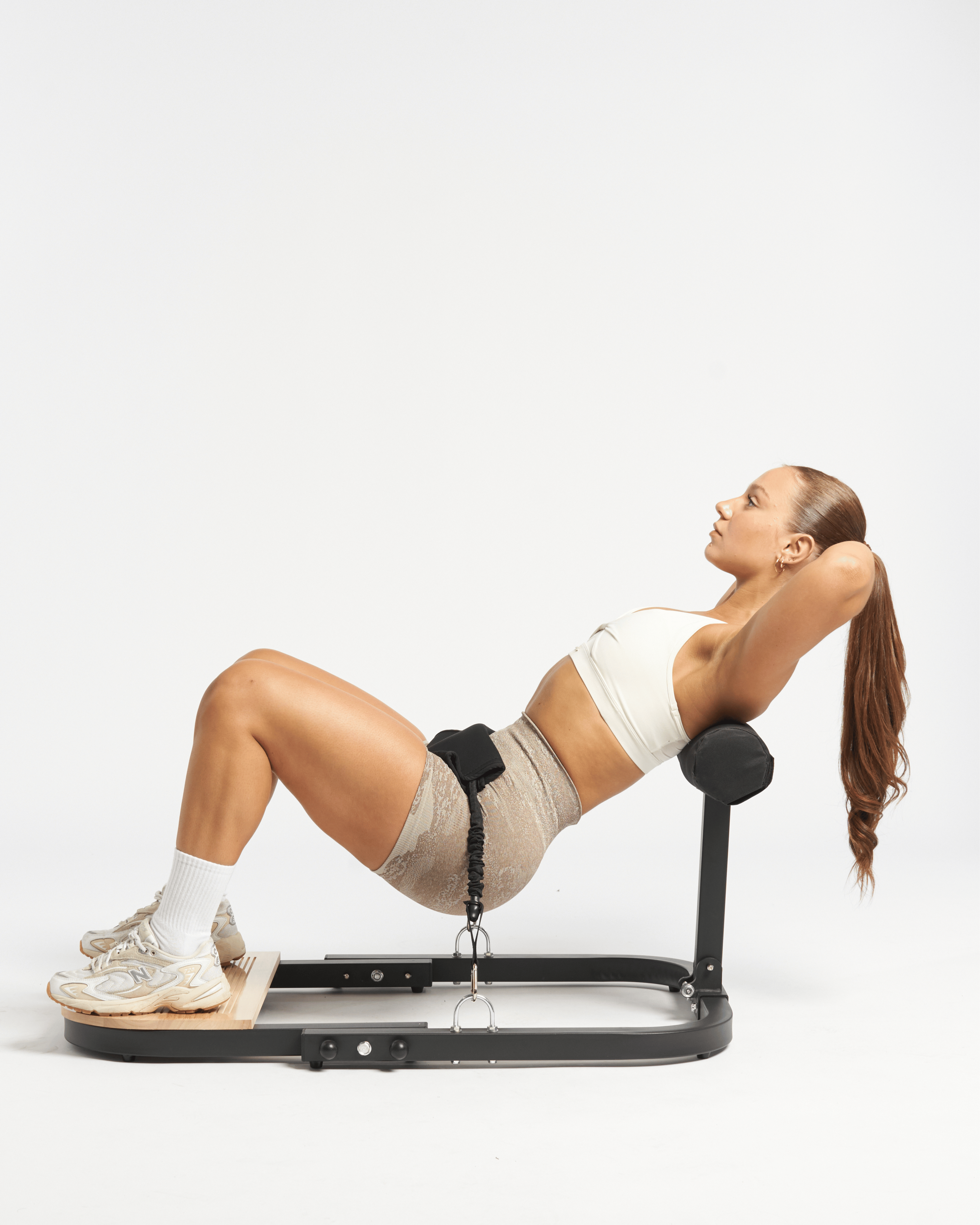
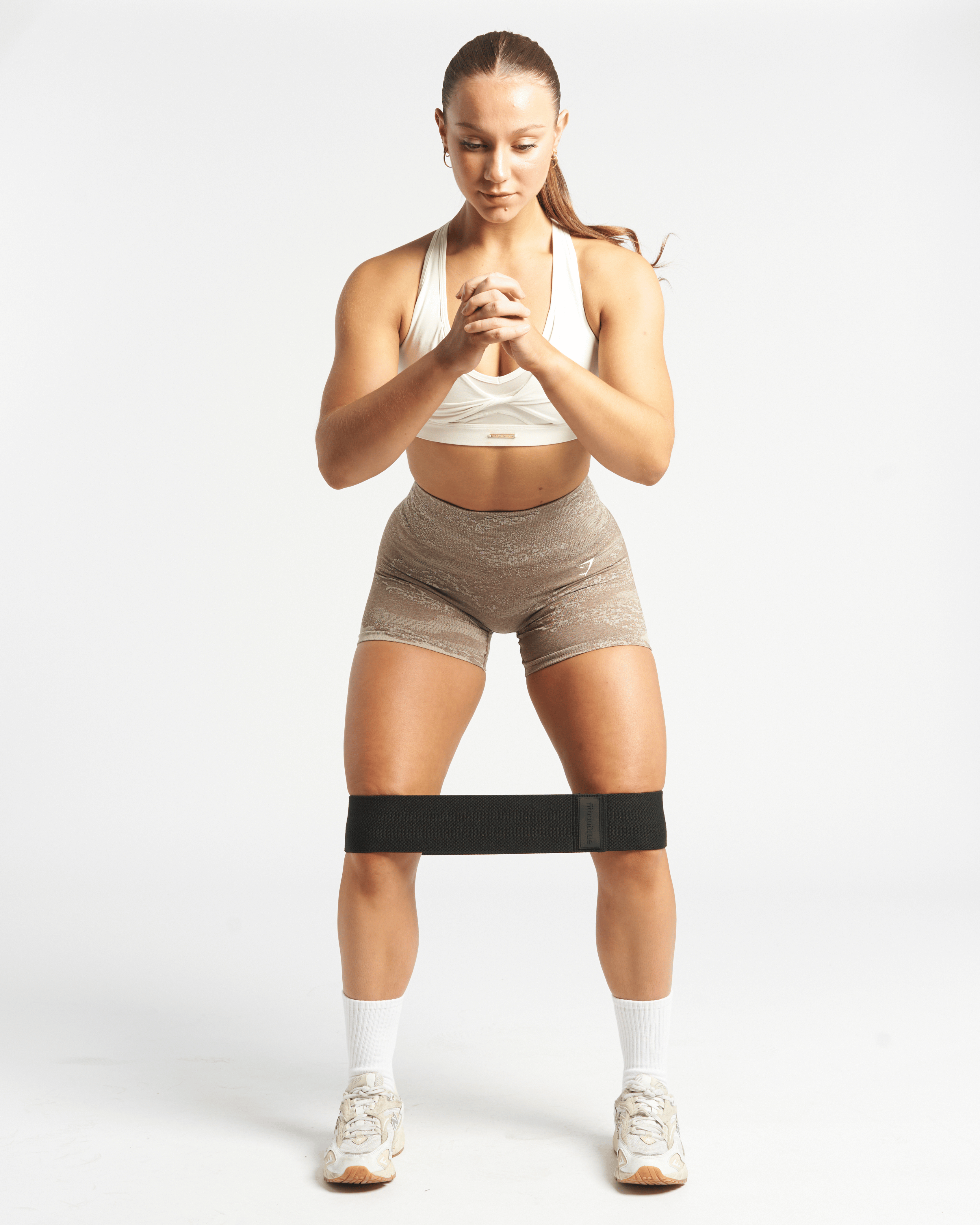
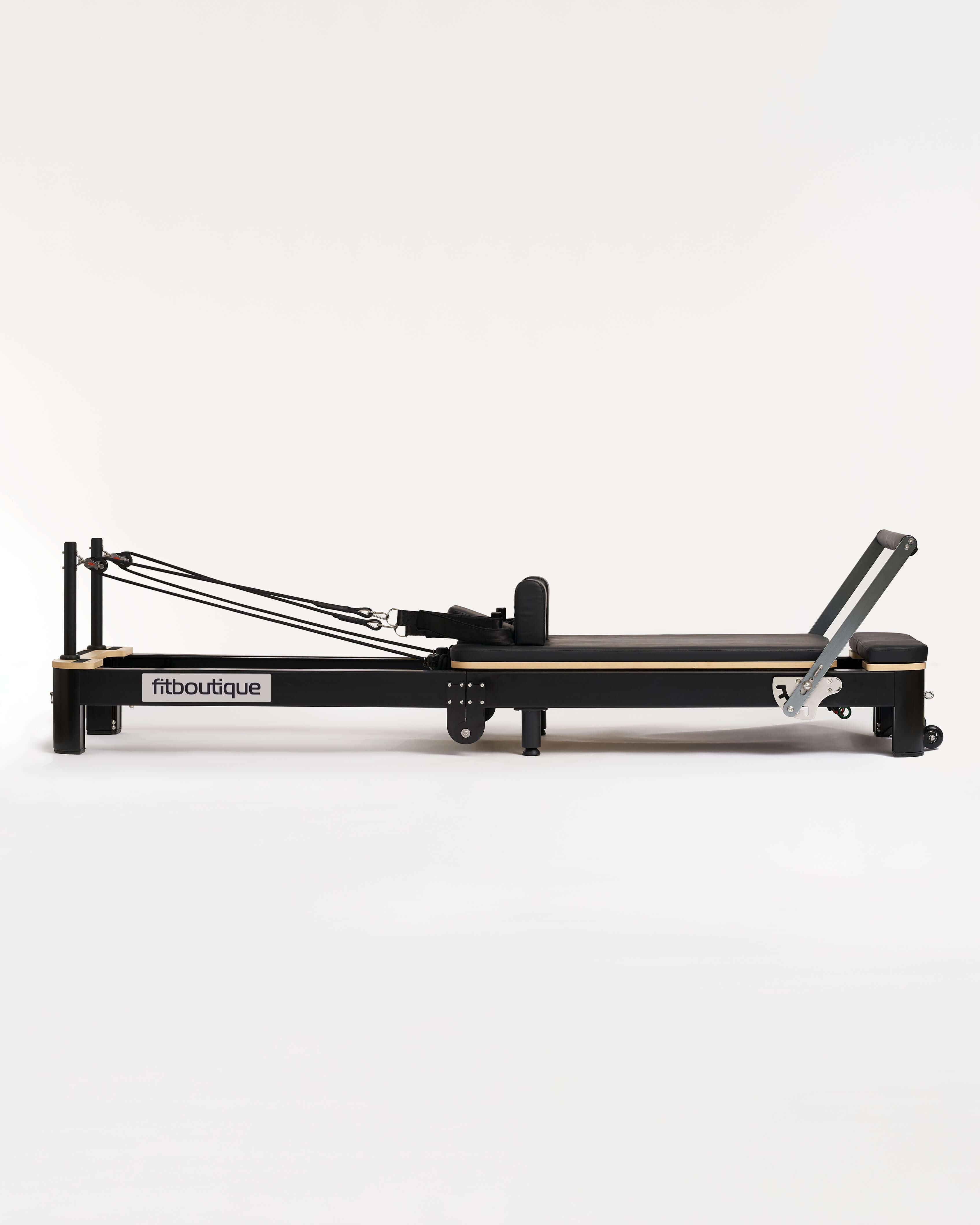






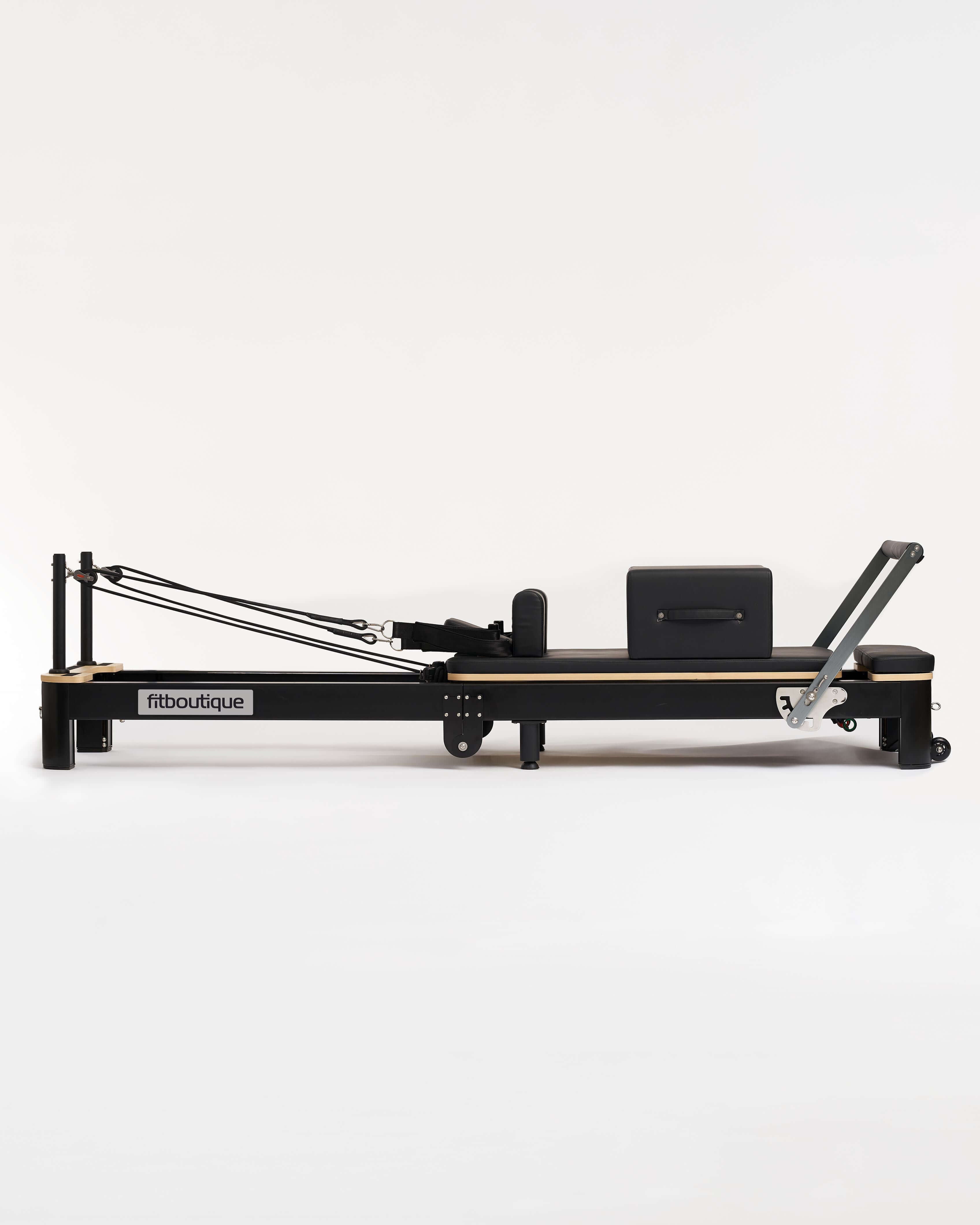
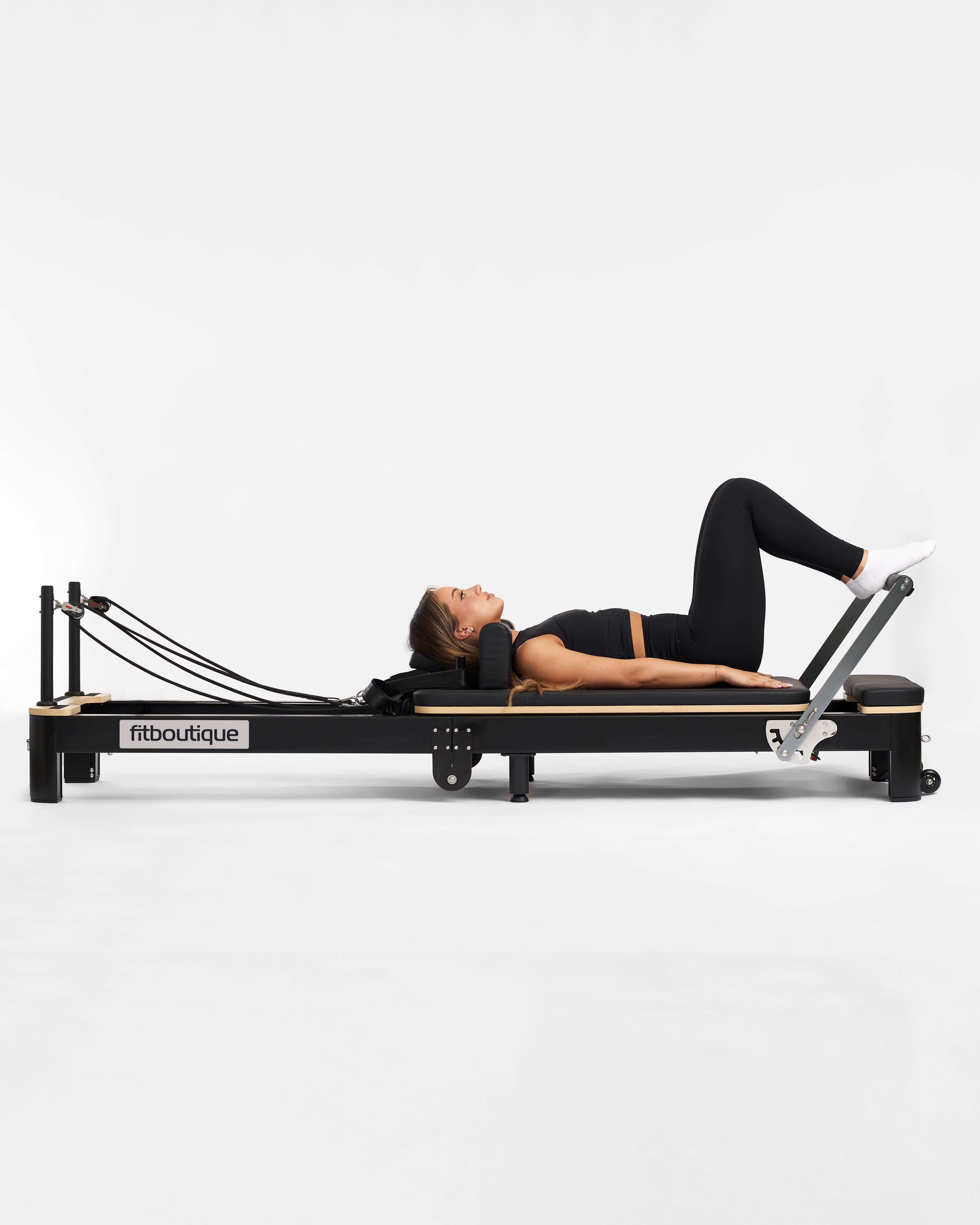

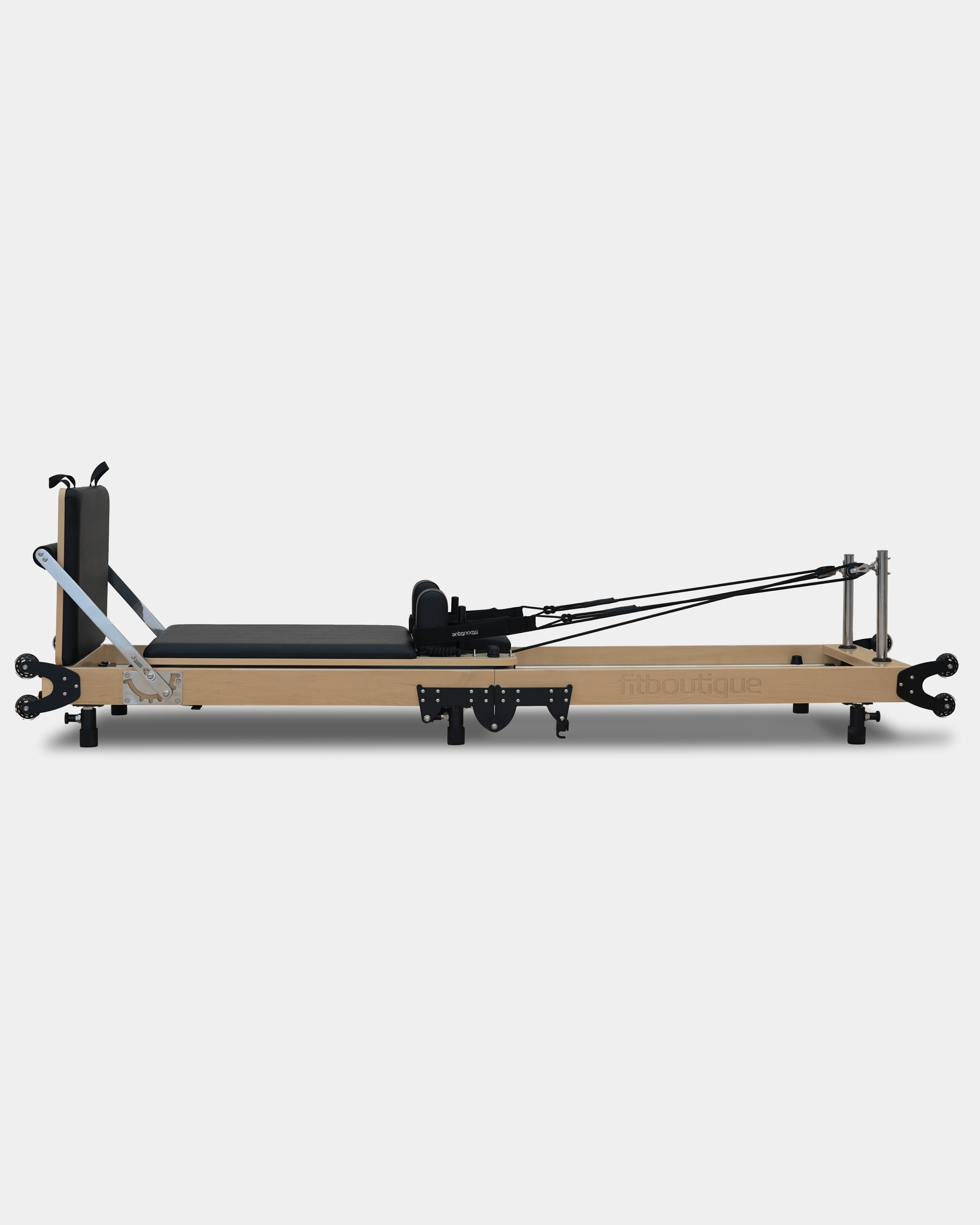

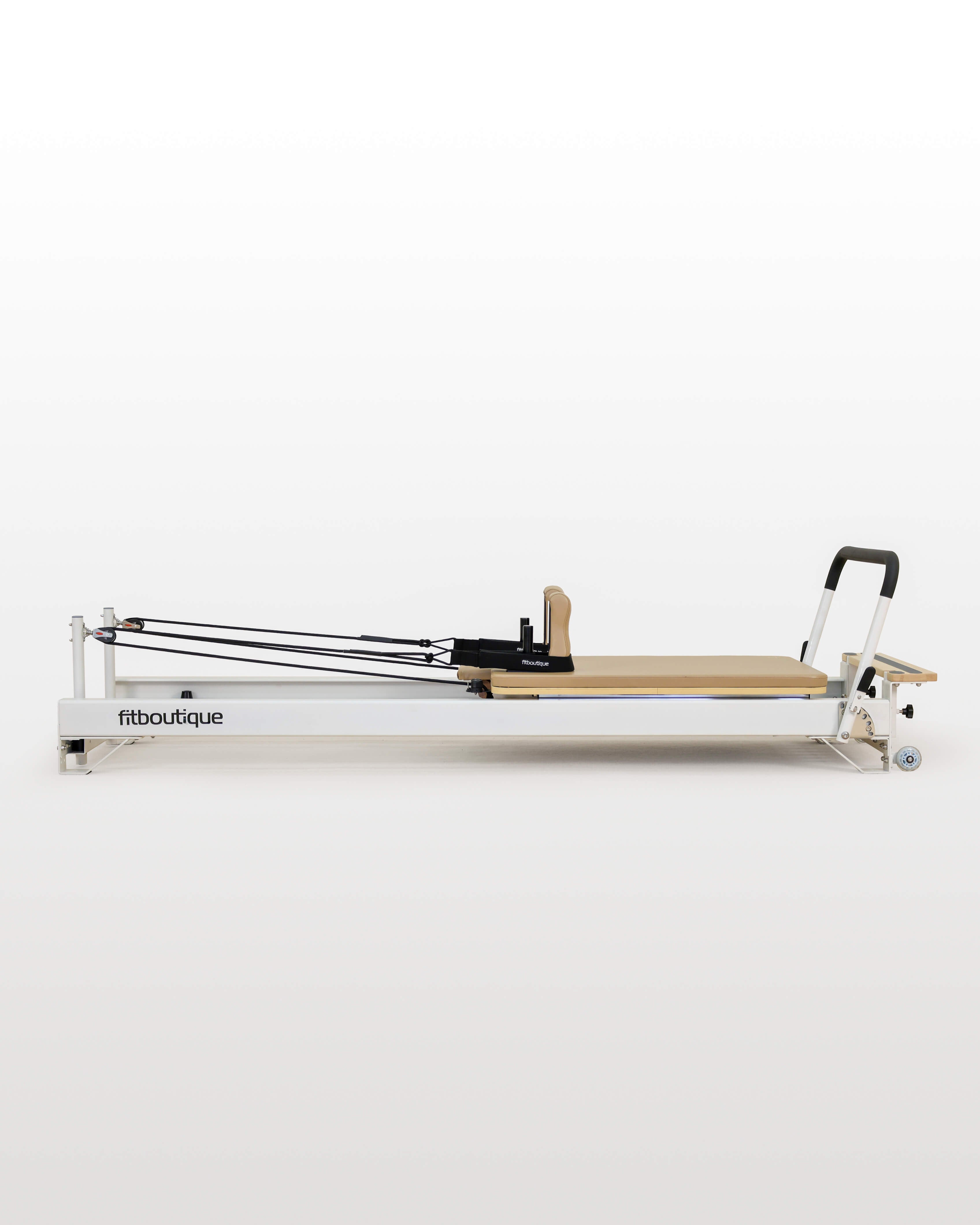
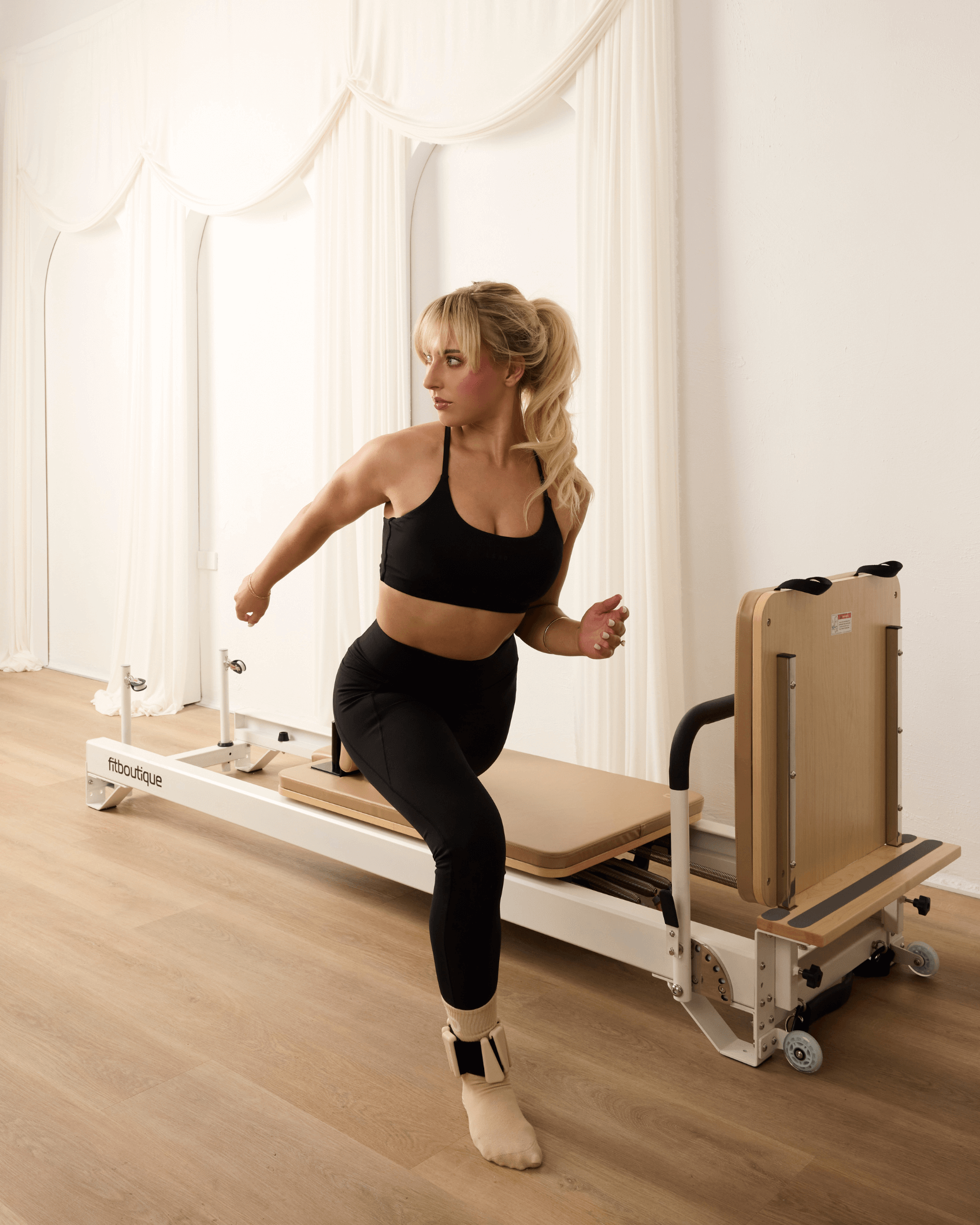
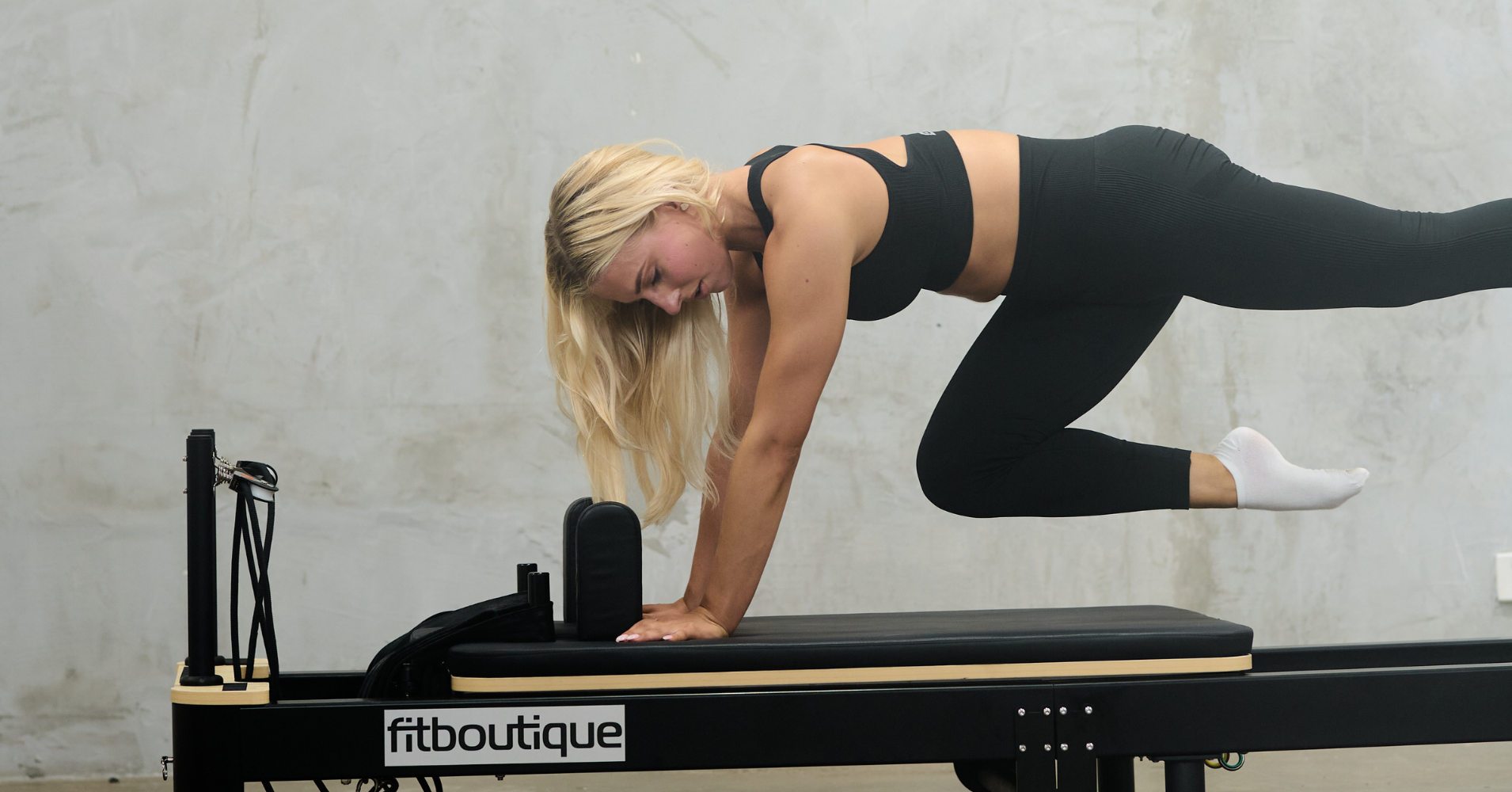
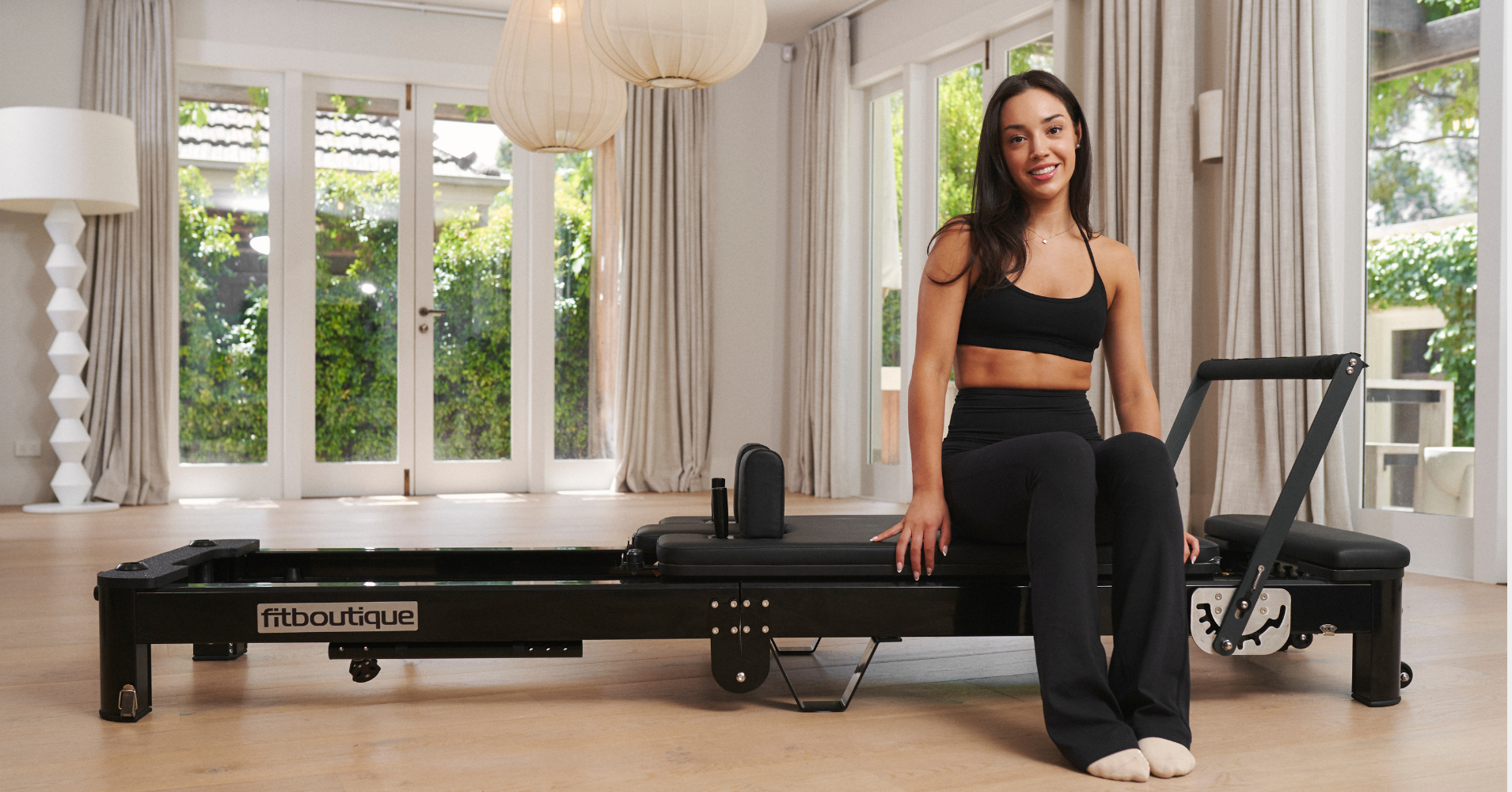
Leave a comment